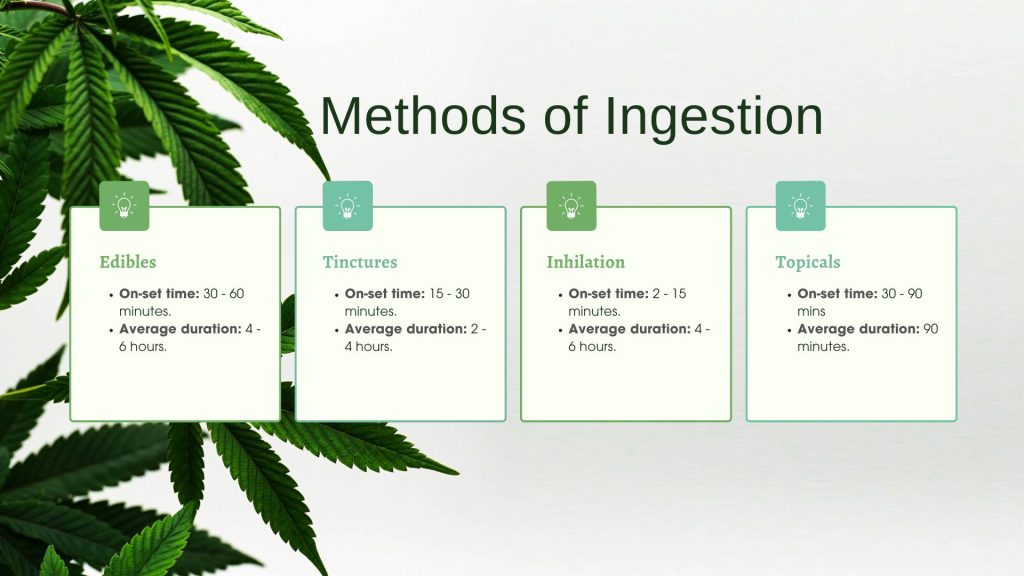- You have no items in your shopping cart
- Continue Shopping

In a world where sleep often feels like a luxury, many people turn to cannabis as a potential solution for their sleep troubles. With growing interest in its therapeutic benefits, especially for sleep disorders, it’s essential to understand how cannabis can help you achieve the restful night you deserve.
The Sleep Struggle
Sleep serves as a cornerstone of good health, yet many adults struggle to get quality rest. Traditional sleep aids often come with side effects, leading people to explore natural alternatives. Enter cannabis—a plant known for its unique compounds that may influence sleep cycles.
THC and CBD: The Dynamic Duo
Marijuana contains numerous cannabinoids, with Tetrahydrocannabinol (THC) and Cannabidiol (CBD) being the most notable.
- THC offers psychoactive effects that can help you fall asleep faster. Research indicates that THC may also reduce nightmares, particularly for those with PTSD. However, it’s important to note that THC can decrease REM sleep, which plays a vital role in cognitive function and emotional health.
- CBD, on the other hand, remains non-psychoactive and links to improvements in sleep duration and quality. It may also help alleviate daytime drowsiness—a common issue for those struggling with insomnia.
Selecting the Right Strain
When choosing cannabis for sleep, understanding the different strain types proves crucial:
- Indica: Indica strains are generally associated with relaxation, making them suitable for nighttime use.
- Sativa: Generally more uplifting and energizing, sativas may not be ideal for sedation.
- Hybrid: These blends of indica and sativa offer balanced effects based on their specific cannabinoid profiles.
While these distinctions can guide your choices, remember that individual experiences can vary. Some researchers argue that the differences may hinge more on THC content and other cannabinoids than on strain type alone.
Furthermore, while indica or indica dominant strains are praised for their sedative qualities, it’s essential to consider the strain’s specific cannabinoids and terpenes. Certain terpenes, such as myrcene, terpinolene, and caryophyllene, may also enhance sleep quality. Although research on this topic is still developing, Leafy’s user-reported experiences suggest that strains rich in these terpenes could be beneficial for sleep.
Methods of Cannabis Consumption
Cannabis can be consumed in various ways, including smoking, vaporizing, ingesting edibles, or using sublingual tinctures. Each method comes with its own pros and cons, especially concerning bioavailability, which refers to how effectively THC enters your bloodstream. For those wary of the potential harm from inhaling smoke, alternative methods like edibles or tinctures may be more appealing.

When inhaled, cannabis generally has a high bioavailability, allowing THC to enter your system rapidly. In contrast, when consumed as edibles, a significant portion of THC can be lost during digestion. For example, smoking cannabis can achieve bioavailability rates as high as 56%, while orally ingested forms may range from 4% to 20%.
Timing is also crucial when deciding when to use cannabis for sleep. Different consumption methods produce effects at varying speeds. Smoking typically provides immediate effects, while edibles may take longer to take effect as they must first be processed by the digestive system. Individual responses to cannabis can vary widely, depending on personal factors such as inhalation technique and the amount consumed.
Generally, THC effects peak around 10 minutes after smoking, which can lead to feelings of sleepiness, relaxation, euphoria, or even increased energy. You might need to experiment with different methods, dosages, and timings to discover what works best for your sleep needs.
Dosing and Titration: Finding Your Balance
Whether you’re new to cannabis or an experienced user, understanding dosing and titration can be complicated but essential. Titration involves gradually increasing your dose over time until you achieve the desired effects.
Start Low, Go Slow: The Therapeutic Goods Administration (TGA) recommends beginning with a low dose of cannabis and gradually increasing it to find the optimal therapeutic outcome. Individual factors such as body composition, targeted symptoms, and previous experience with cannabinoids can all influence dosing. Finding the right dose of cannabis often requires some trial and error. Monitor how you feel and adjust accordingly. Keeping a journal helps track your progress and identify what works best for you.
For those using dried cannabis bud, accurately determining the dose can be tricky. Unlike oils, which have straightforward dosing based on milligrams per milliliter, calculating the active ingredients in dried flower requires some math. By weighing the flower and knowing its cannabinoid percentage, you can estimate the dose more accurately.
Example of Dosing Calculation
- Weigh your flower to find its value in grams (e.g., 0.2g).
- Convert to milligrams: 0.2g × 1000 = 200mg
- Multiply by the percentage of THC
- For 17% THC: 200mg × 0.17 = 34mg
- For 20% THC: 200mg × 0.20 = 40mg
- For 25% THC: 200mg × 0.25 = 50mg
This calculation helps you track how much THC you’re actually consuming, making it easier to adjust your dose effectively. Alternatively, if you want to calculate how much flower you need to achieve a specific cannabinoid dose, follow these steps:
- Identify your desired cannabinoid value in milligrams: 50mg THC.
- Check the percentage strength of the cannabis flower: 20% THC
- Calculate the total THC per gram of flower: To calculate the total THC per gram of flower, take the weight of 1 gram, which is 1000 mg, and multiply it by the percentage strength of THC, in this case, 20%. This results in 200 mg of THC per gram of flower.
- Divide the total THC per gram by your desired dose: 200 mg/50 mg = 4
- Calculate the flower weight needed: 1g/4 = 0.25g
This means that to achieve a dose of 50mg THC, you would need to consume 0.25g of flower.
Things to Consider Before Trying Marijuana
While cannabis can offer sleep benefits, consider the following points:
- Health Risks: Smoking carries health risks, especially for those with respiratory conditions like asthma. If you’re pregnant or breastfeeding, it’s wise to avoid cannabis.
- Consultation: Discuss your sleep patterns with your doctor, as interrupted REM sleep can lead to long-term health consequences.
- Responsible Use: Experts don’t generally recommend long-term use of any sleep aid. Use cannabis responsibly and stay aware of its potential impact on brain health, particularly for those under 25.
Conclusion
Cannabis offers a promising avenue for those seeking improved sleep quality. By understanding the nuances of cannabinoids, selecting the right strains, and accurately calculating dosages, you can tailor a sleep solution that works for you. Remember that finding your ideal approach may take time, but with patience and careful experimentation, restful nights are within reach.
Disclaimer: This content is for educational purposes only. The information provided is derived from research gathered from external sources.
- https://www.healthline.com/health/medical-marijuana/cannabis-for-sleeping#science-says
- https://takomawellness.com/best-cannabis-for-sleep/
- https://www.healthline.com/health/best-strain-for-sleep#takeaway
- https://www.ncbi.nlm.nih.gov/pmc/articles/PMC3929256/
- https://www.kind.com.au/post/guide-to-titration-and-dosing-of-medicinal-cannabis-flower
- https://www.sleepfoundation.org/sleep-aids/cannabis-and-sleep
- https://www.leafly.com/news/strains-products/best-terpenes-for-insomnia
- Kaul, M., Zee, P.C. & Sahni, A.S. Effects of Cannabinoids on Sleep and their Therapeutic Potential for Sleep Disorders. Neurotherapeutics 18, 217–227 (2021). https://doi.org/10.1007/s13311-021-01013-w
